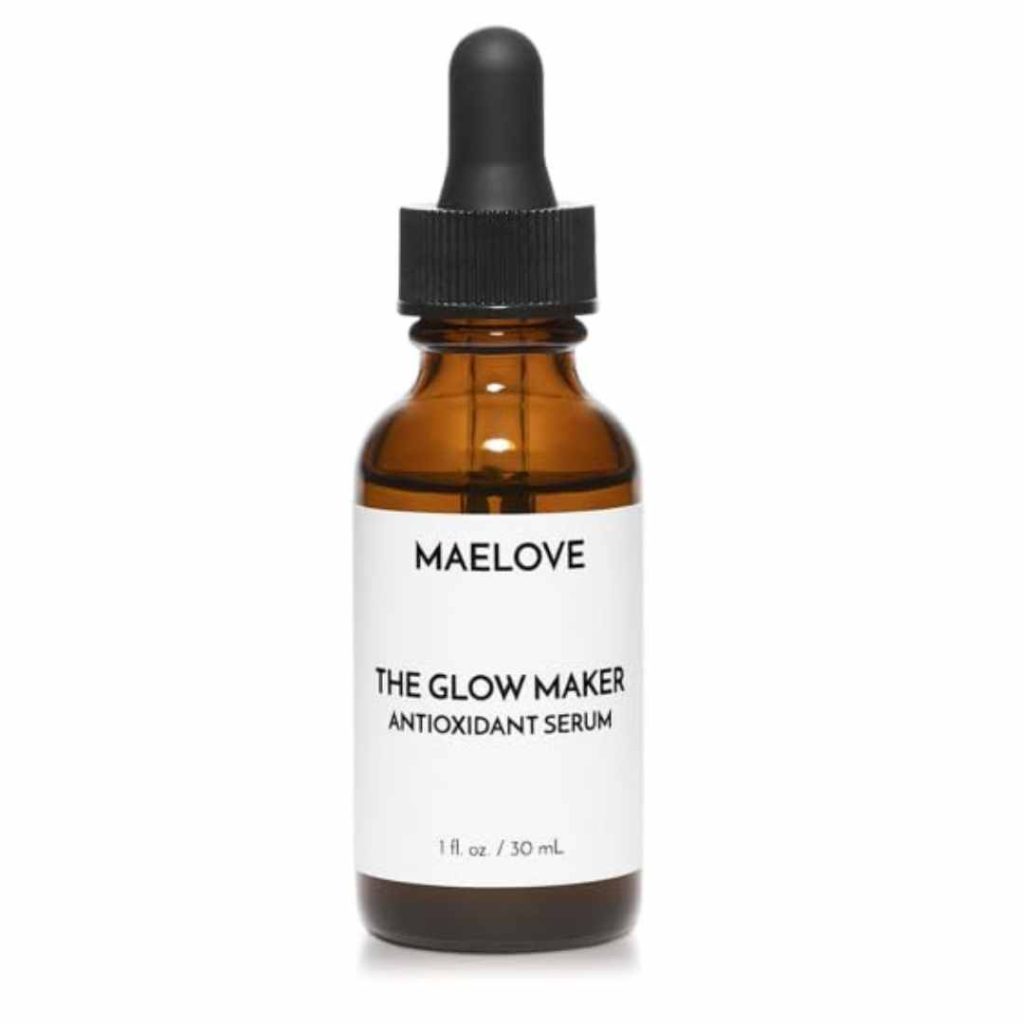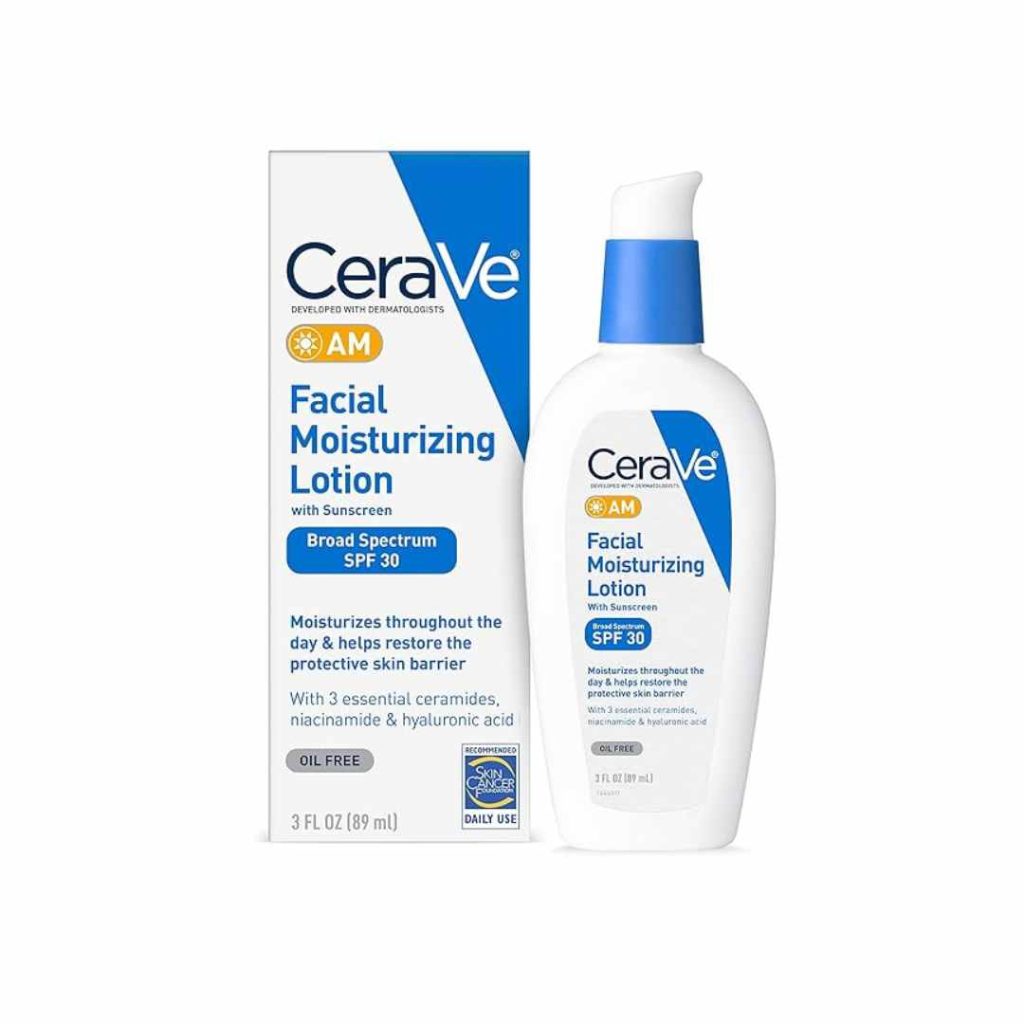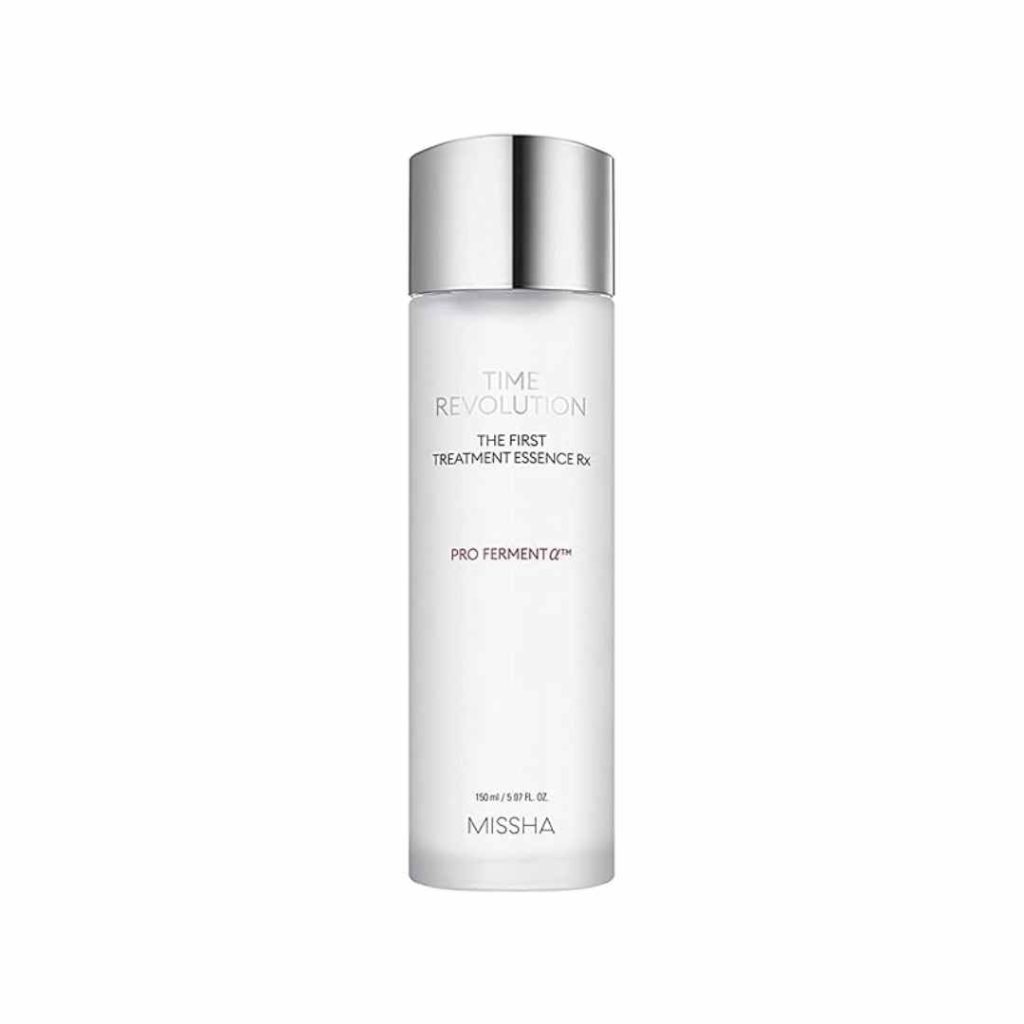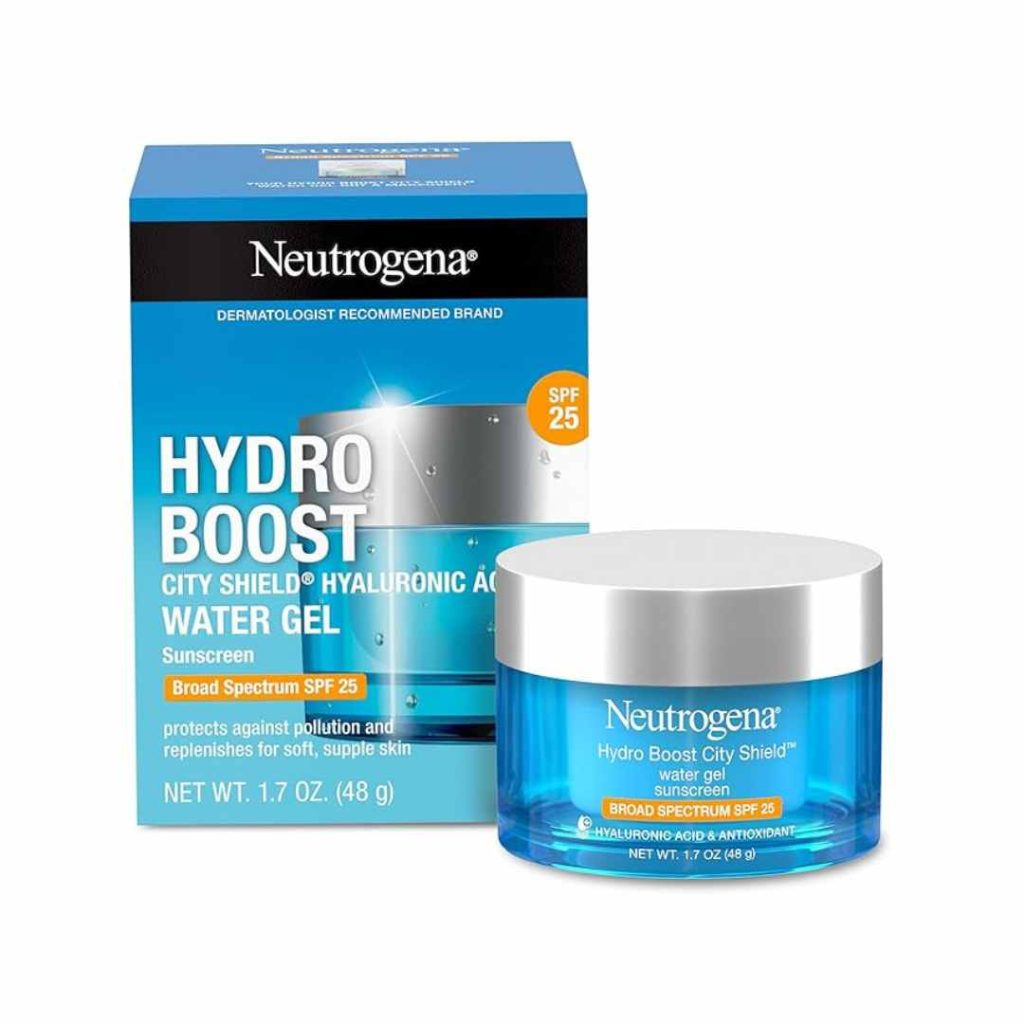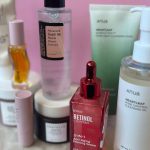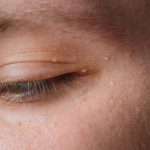This post contains affiliate links. See my disclosures here.
Table of Contents
Alright, beauties, let’s dish on a little secret: you don’t have to drop a ton of cash to look fabulous.
Why should the big brands have all the fun, right?
Trust me, your bank account will thank you.
Imagine getting all that glitz and glam without cringing every time you peek at your credit card statement.
Sounds dreamy? Oh, it’s real.
Let’s talk dupes, baby! You know, the budget-friendly BFFs of those pricey beauty must-haves.
Think of them as luxury’s sassy little sister—just as effective but way easier on your wallet.
Before we dive into the juicy details, here’s a quote to get you pondering:
“Beauty is not about the brand name; it’s about the attitude and confidence you wear it with.”
So, sit tight, grab your favorite drink, and let’s explore some killer alternatives that will have you looking chic without the financial strain.
Ready to unlock the beauty vault? Let’s go!
Related Post: My Ultimate Skincare Routine Review: Anua Heartleaf Pore Control Cleansing Oil and More
Fabulous Looks, Frugal Style
Ever wondered why you’re dropping serious cash on beauty products?
Time to spill the tea: a lot of what you’re paying for is glitzy marketing campaigns and A-list celebrity endorsements.
Trust me, your wallet isn’t crying because of the ingredients but because of the hype.
But, good news, beauties! You don’t need to be a celebrity or have a bottomless bank account to look red carpet ready.
There are plenty of wallet-friendly gems out there that work just as well (if not better) than their luxurious counterparts.
Take Stoic Beauty and Stila Cosmetics, for example.
Both brands are almost always on my beauty must-have list – and guess what?
They don’t have a Gucci price tag attached!
Dr. David Shafer, the beauty guru extraordinaire, swears by budget beauty brands and he’s spilled some serious insider info: affordable doesn’t mean you’re compromising on quality.
Quite the opposite, in fact. Brands like these invest more in their formulas and less in the frills.
And let’s not forget the rockstars from the Glamour Beauty Awards.
We’re talking drugstore darlings that have nabbed top honors.
It’s like finding a designer dress at a thrift store – jackpot!
Whether it’s foundation, mascara, or that perfect red lipstick, there’s an affordable counterpart that delivers the glam without the guilt.
Let’s dive into a few more affordable skincare saviors.
I’m talking high-quality goodies that deliver major results for under $40.
From serums to moisturizers, these products will leave your skin glowing like you just left the spa, not your second job.
Clean beauty doesn’t have to cost a fortune.
There are accessible brands that offer non-toxic options, letting your skin breathe easy without holding your bank account hostage.
So, beauties, it’s time to ditch the myth that expensive equals better.
Believe me, your face (and your wallet) will thank you!
| Luxury Product | Affordable Alternative | Price Comparison |
|---|---|---|
| La Mer Moisturizing Cream | CeraVe Moisturizing Cream | $180 vs $15 |
| SK-II Facial Treatment Essence | Missha Time Revolution Essence | $99 vs $30 |
| Tatcha Water Cream | Neutrogena Hydro Boost Water Gel | $68 vs $20 |
| Charlotte Tilbury Magic Cream | L’Oreal Paris Collagen Moisture Filler | $100 vs $11 |
| Dr. Dennis Gross Alpha Beta Peel | The Ordinary AHA 30% + BHA 2% Peeling Solution | $88 vs $8 |
Beauty on a Budget: Luxe Looks for Less
Listen up, glam squad!
We’ve all drooled over those fancy schmancy beauty products, daydreaming about what they’d do for our skin.
But dropping a cool couple hundred bucks on a serum?
Not today, Satan!
What if I told you there are killer dupes out there that won’t make your wallet cry?
Yep, it’s true.
We’re about to dive into some beauty bargains that’ll give you that luxe look without breaking the bank.
Vitamin C Serums: Get That Glow Without the Dough
First up, let’s talk Vitamin C.
We all know SkinCeuticals’ C E Ferulic Serum has a cult following – and a price tag of $182!
But, guess what?
Maelove’s Glow Maker gives you those brightening, anti-aging vibes for just $39.95.
It’s basically magic in a bottle at a fraction of the cost.
If your skin’s craving that radiant, “Just got back from vacation” look, this one’s your new BFF.
Moisturize Like a Millionaire
Why shell out $180 for La Mer when CeraVe’s got your back for just $15?
Both creams are super hydrating, but CeraVe brings the magic with its ceramides and hyaluronic acid.
Plus, you can slather it on guilt-free because it’s seriously that affordable.
So, if you’re aiming for that dewy, millionaire glow, you know where to turn.
Essences: The Secret Weapon
We all want that glass skin, right?
SK-II’s Facial Treatment Essence is fabulous but at $99, it’s not exactly budget-friendly.
Enter Missha Time Revolution Essence at $26.48.
It’s packed with fermented ingredients that your skin will love.
So, say goodbye to dullness and hello to your new skincare secret weapon.
Water Cream Wonders
The Tatcha Water Cream has been a holy grail for many, but $68 for a moisturizer?
That’s a hard pass.
Neutrogena’s Hydro Boost Water Gel comes in clutch at $23.
It’s lightweight, hydrating, and perfect for giving your skin that bouncy, plumped-up look.
Plus, it layers like a dream under makeup, so you’re red carpet ready every day.
Anti-Aging Magic Moisturizers
Charlotte Tilbury’s Magic Cream is a hit, but at $100 a pop, it’s not exactly budget-friendly.
Enter L’Oreal Paris Collagen Moisture Filler at just $11.
This little miracle worker smooths, plumps, and hydrates like nobody’s business.
Aging has officially met its match – and it’s a steal!
Powerful Peels
We love a good peel, right? Dr. Dennis Gross’s Alpha Beta Peel is fabulous but yikes, $88?
The Ordinary’s AHA 30% + BHA 2% Peeling Solution is here to save the day for only $19.90.
It’s potent, effective, and won’t make your wallet weep.
Your skin’s going to be glowing like a superstar, trust me!
So there you have it, gorgeous!
With these affordable alternatives, you can treat yourself to luxury skincare vibes without the luxury price tags.
No more choosing between your skincare routine and rent.
Go forth and glow, my beauties!
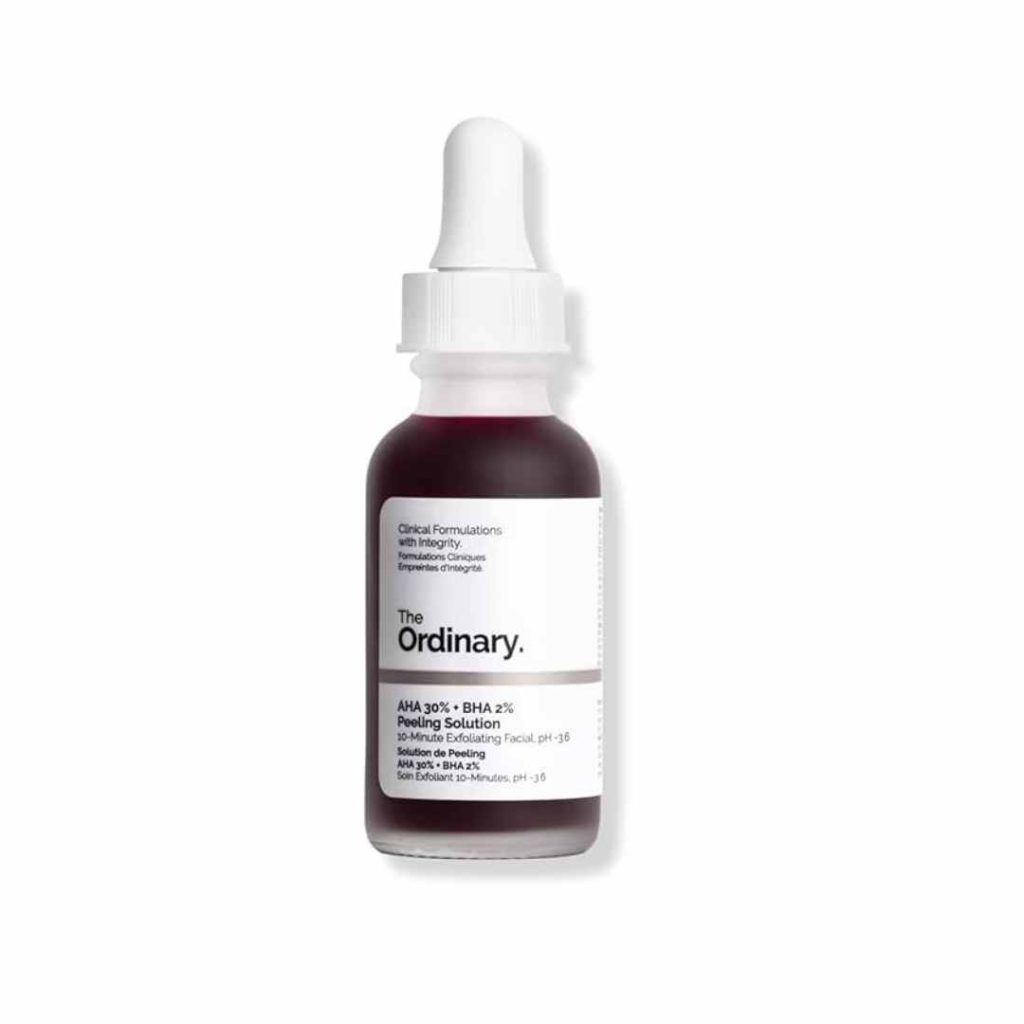
Final Thoughts
Isn’t it fabulous to know that you don’t need to empty your wallet to look like a million bucks?
Affordable skincare and makeup are not just for those of us who love a good deal – they’re legit game-changers.
The beauty industry is finally getting the memo that high-quality shouldn’t mean high-cost.
So, ditch the overpriced bottles and embrace these budget-friendly beauties.
You’ll be glowing, confident, and your bank account will thank you for it.
Happy pampering, beauties!

